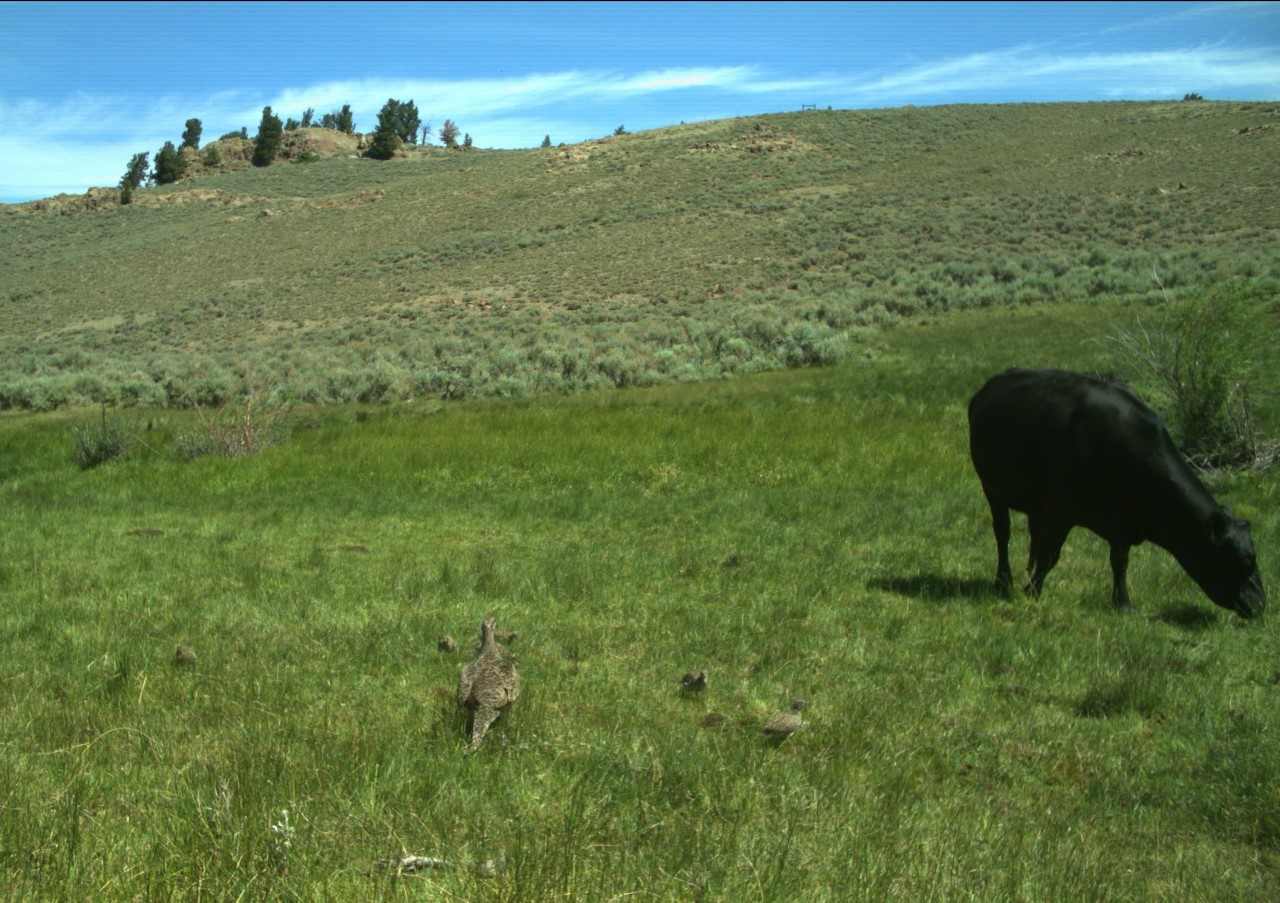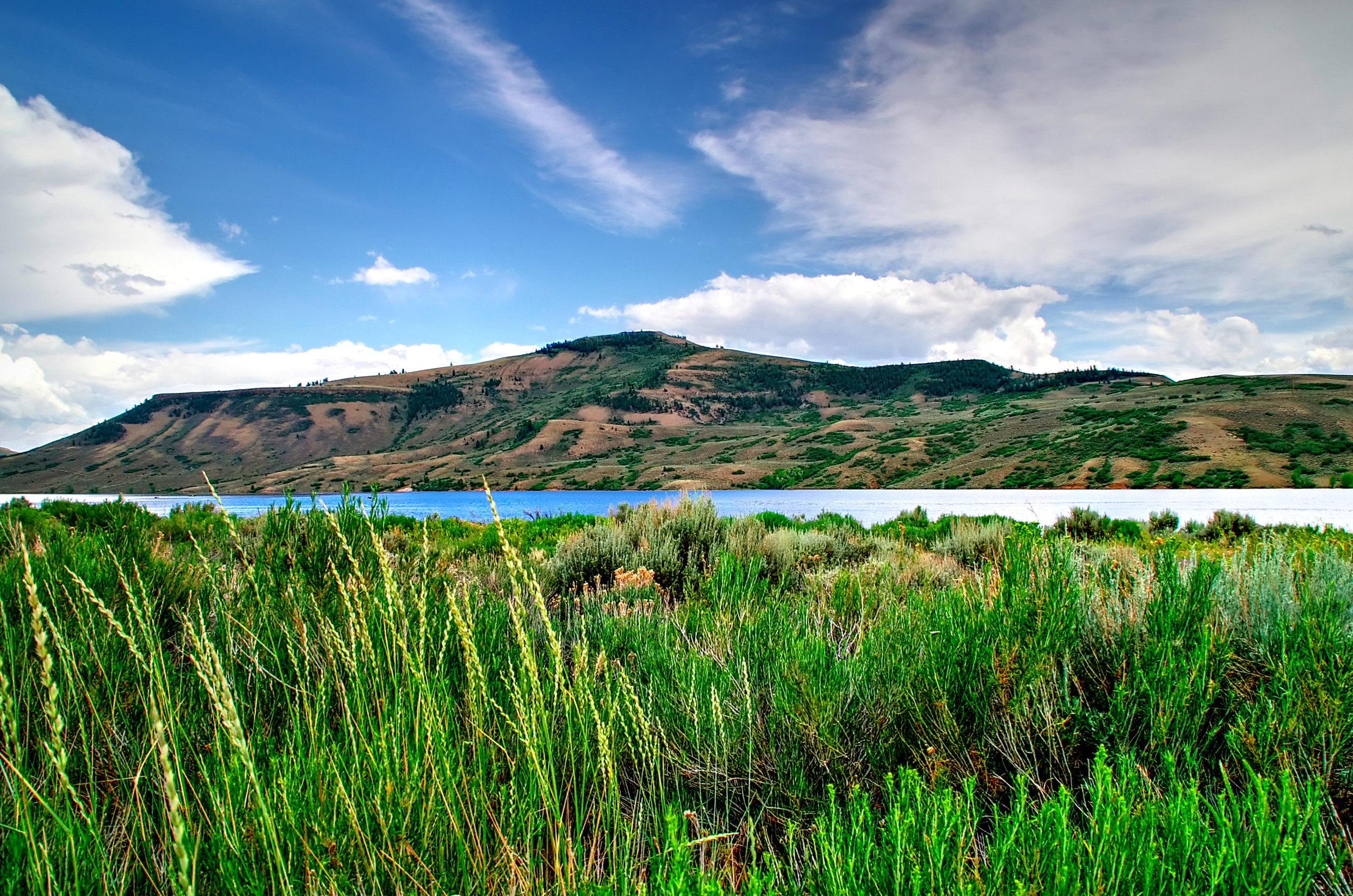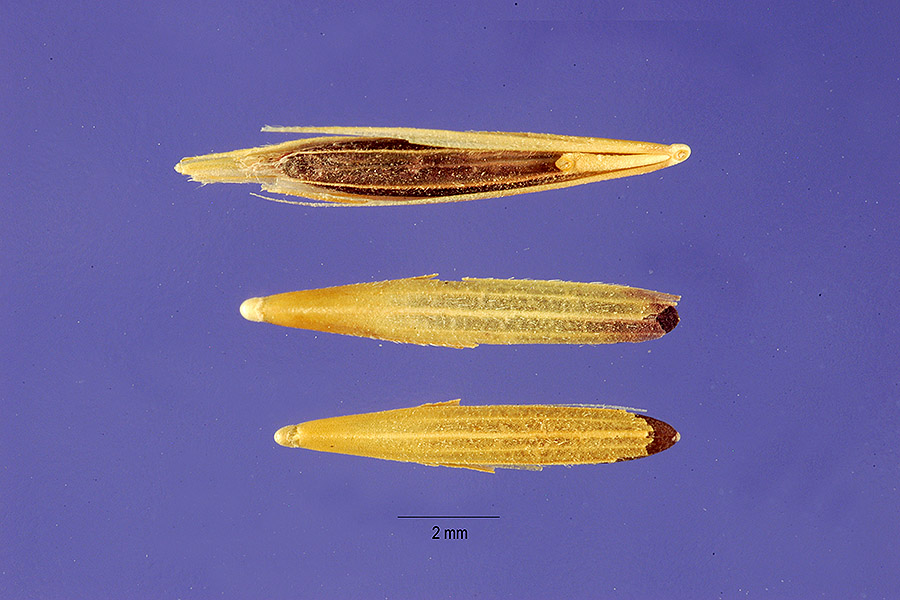Threats
– Photo courtesy Gary Kramer
Basin on the Brink from Sam on Vimeo
In the Gunnison population, the greatest threats are habitat loss, fragmentation, and degradation due to human development, invasive species, recreation, and climate crisis-induced droughts and severe winters. For example, human settlement and conversion of ecosystems due to invasive species directly reduces habitat while overgrazing and disturbance causes habitat degradation.
Some specific threats include:

Photo: Cow and grouse, courtesy of Nate Seward, CPW
Recreation: Gunnison Sage Grouse are most impacted by recreation through illegal off-road or trail motorized vehicles causing habitat degradation as well as the spread of cheatgrass and other invasive species (Stephen A. Boyle et al., 1985; USDA Forest Service, 2021). Trail hiking, especially with dogs off-leash and birdwatching can also cause disturbance during lekking, nesting, and brood rearing seasons.

Photo: 4-month-old grouse’s first exposure to sagebrush, courtesy of Tony Apa, CPW
Invasive Species: The main invasive species threat to Gunnison Sage-grouse is encroachment by Cheatgrass (Bromus tectorum), also called Downy Brome. Cheatgrass is an early season annual grass that produces many seeds and out-competes native vegetation like Big Sagebrush (Artemesia tridentata) and native forbs that Gunnison Sage-grouse need for forage and nesting habitat (Gunnison Sage-Grouse Conservation Plan, n.d.; M. B. Rice et al., 2017). Cheatgrass seeds have been found to be unpalatable to most species (Bromus Tectorum, n.d.).
Cheatgrass stands both increase fire activity- as the plant dries up early and burns more easily- and are better at establishing after fires (Bradley et al., 2018; Gunnison Sage-Grouse Conservation Plan, n.d.). Sagebrush takes much longer to recover from fire. Once it has established, Cheatgrass can be difficult to control, and so prevention of its spread is very important (Baker et al., 2009). Check and clean off seeds from footwear, pets, and vehicles after recreation in natural areas (Kim Goodwin et al., 2012; Wittenberg & Cock, 2001)
The spread of this invasive species is just getting started in the Gunnison Valley. Now is the time to act!
For more information and to learn how to help, visit the Gunnison Basin Sagebrush Ecosystem Alliance at
Livestock and wildlife: Grazing by large ungulates impacts habitat through soil compaction, and selective foraging of native forbs or perennial grasses and can reduce residual cover height during critical nest and brood reading periods (Jeffrey L. Beck & Dean L. Mitchell, 2000; Lupis et al., 2006). Grazing can have a positive, negative, or neutral impact on sagebrush habitat depending on context, for example short term intensity grazing can improve forbs while overgrazing can cause increase erosion and change in plant species composition (Jeffrey L. Beck & Dean L. Mitchell, 2000; Lupis et al., 2006).
Increases in human population and development: Roads causing noise pollution, fences and electric lines are perching spots for predators like the common raven (Young et al., 2020). Increased human development also fragments and decreases sagebrush habitat (Leu & Hanser, 2011).

Photo: Blue Mesa Reservoir, courtesy of Michael Kirsch via Wikamedia Commons
Hydrologic alteration: The hydrologic system of the sagebrush steppe has been altered by farming, human development, and oil and gas development. The changes have caused wet meadows and riparian areas, critical to brood rearing, to dry out as water flow faster out through incised water ways (Wisdom et al., 2005; USDA Forest Service, 2021).
Lek sound disturbance: Lastly, Gunnison sage grouse are sensitive to noise from people, particularly males at lekking sites. Some examples include low frequency, high amplitude, and low frequency human noises from passing trucks impact males at leks. Males have also been shown to be disturbed by people passing by on foot. The importance of these disturbances is that male vocalizations decline during and after the noise occurs (Hicks et al., 2012).
Climate change: A warmer and drier climate is anticipated for Gunnison Valley (USDA Forest Service, 2021). More frequent droughts increase the sagebrush ecosystems vulnerability to invasive species, large-scale habitat loss from wildfire, and increased erosion, plant, and soil loss. All these things make it difficult for grouse chicks to survive (Storch, 2007).

Photo: Bromus tectorum seeds, courtesy of Jose Hernandez @ USDA-NRCS Plants Database
